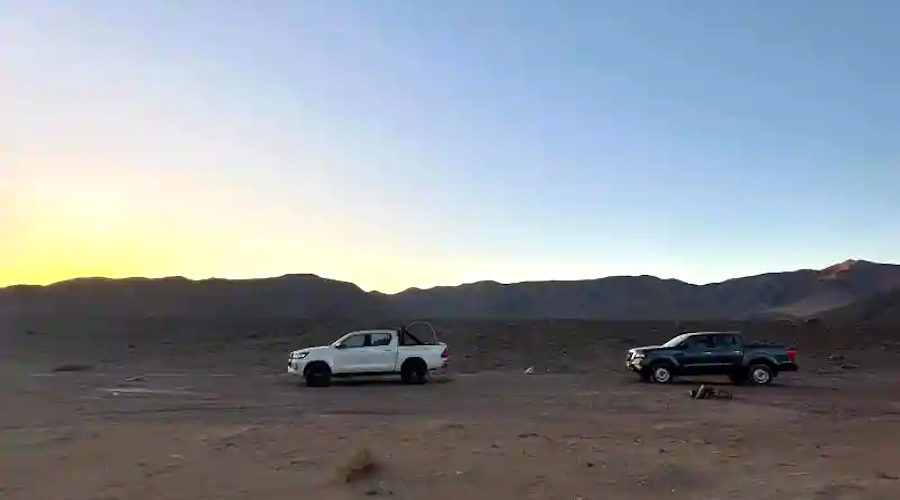US court cancels most of class action against Samarco over deadly dam burst

A US judge has annulled most of a $50 billion (155 billion real) civil lawsuit against iron miner Samarco, and its owners Brazil’s Vale (NYSE:VALE) and BHP Billiton (ASX, NYSE:BHP) (LON:BLT), for a collapsed tailings dam that killed 19 people and polluted a major river in 2015.
Samarco, which has annual capacity of roughly 30 million tonnes of iron ore, run out of money last year and its debt already is pegged at more than $3.7bn.
In a statement Monday, Vale said the US District Court for the Southern District of New York had annulled last week the majority of the class action lawsuit against the company and executives, including those involving CEO Murilo Ferreira, over the a fatal spill that hit Brazil’s Minas Gerais state
The only parts of the case that remain ongoing are related to specific statements made by Vale in 2013 and 2014, and a conference call in November 2015, the Rio de Janeiro-based company said.
Last year, Vale had said it hoped to restart the mine in mid-2017. The operation, which has annual capacity of roughly 30 million tonnes, run out of money last year and its debt already is pegged at more than $3.7bn since it has had no cash flow since the accident.
In September, Samarco even missed an interest payment on a $500 million bond. A couple of months later, Brazilian court ordered BHP and Vale to pay an initial $350 million to help clean up what is considered the country’s worst environmental disaster.
Samarco’s pelletizing operations supplied roughly one-fifth of the seaborne trade in the steelmaking raw material that attracts a premium price over iron ore fines and lump ore.

The dam burst also left hundreds homeless as sludge washed downstream into neighbouring state Espírito Santo through remote mountain valleys reaching the Atlantic ocean 600 kilometres away. (Screenshot from PigMine 7, via YouTube)
More News
{{ commodity.name }}
{{ post.title }}
{{ post.date }}




Comments